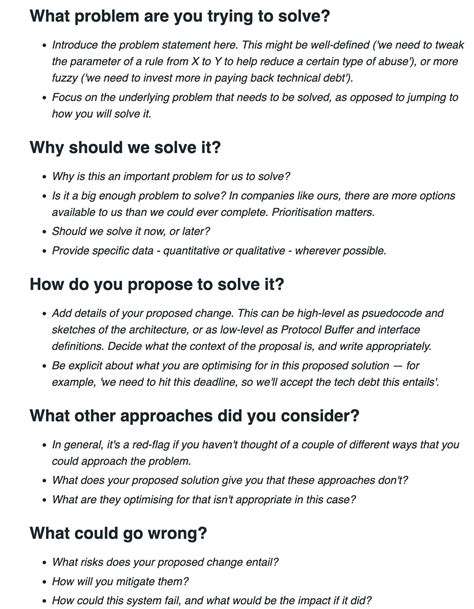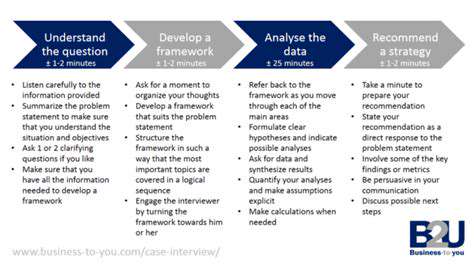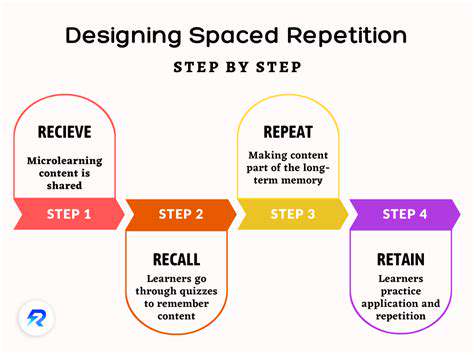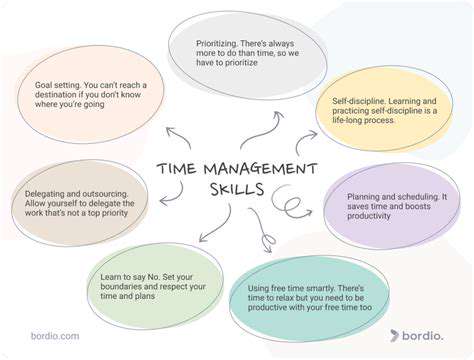Best Ways to Stay Focused While Studying
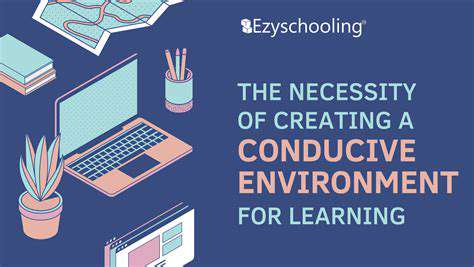
Time Management Techniques for Optimal Focus
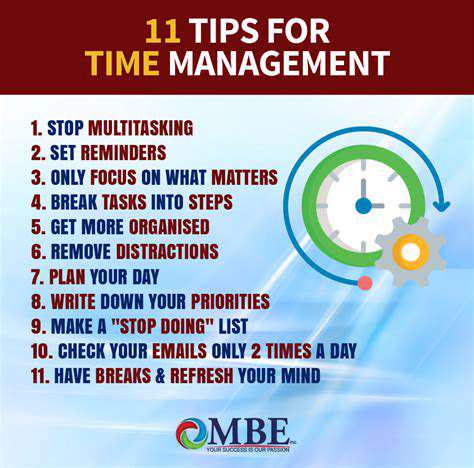
Prioritization Strategies
Effective time management hinges on prioritizing tasks. A common method is the Eisenhower Matrix, categorizing tasks as urgent/important, important/not urgent, urgent/not important, and not urgent/not important. Prioritizing tasks according to their impact and deadlines allows for focused effort on high-value activities. This ensures that crucial projects and responsibilities are addressed first, leaving less room for distractions and stress.
Another effective approach involves using a system like the Pareto Principle (80/20 rule), focusing on the 20% of tasks that yield 80% of the results. Identifying those critical tasks and dedicating focused time to them maximizes output and minimizes wasted effort. By identifying and tackling these high-impact activities first, you can significantly improve your overall productivity and efficiency.
Time Blocking and Scheduling
Scheduling specific blocks of time for particular tasks is crucial for effective time management. This structured approach helps allocate dedicated time slots for different activities, preventing tasks from overlapping and creating a clear schedule for the day or week. This structured approach fosters better planning and organization.
Using a planner, calendar, or digital scheduling tool can help visually represent your time commitments. This visual representation makes it easier to manage deadlines, appointments, and other commitments, reducing the chances of missing important events or deadlines. Visualizing your commitments helps identify potential conflicts and allows for proactive adjustments to your schedule.
Breaking Down Large Tasks
Large, complex tasks can feel overwhelming, leading to procrastination. Breaking them down into smaller, more manageable sub-tasks is a powerful time-management technique. This approach makes the overall project less daunting, fostering a sense of accomplishment as each smaller task is completed. This approach promotes focused work and avoids feeling overwhelmed by the size of the task.
Utilizing Technology
Modern technology offers numerous tools to aid in time management. From task management apps to calendar integrations, these tools can automate reminders, track progress, and provide visual representations of your schedule and tasks. These tools can streamline the process of managing your time.
Employing digital tools often improves efficiency and reduces the risk of errors associated with manual scheduling. This can lead to a more organized and productive workflow.
Eliminating Distractions and Procrastination
Distractions and procrastination are major obstacles to effective time management. Identifying and minimizing these time wasters is essential. Creating a dedicated workspace free from interruptions, turning off notifications, and using techniques like the Pomodoro Technique can significantly enhance focus and productivity. Minimizing interruptions is key to maintaining concentration and achieving your goals.
Procrastination can often be addressed by breaking tasks into smaller, more manageable pieces. This will make the task less overwhelming and more approachable, reducing the temptation to put it off. Prioritizing tasks and establishing realistic deadlines can also help combat procrastination.
Mindfulness and Relaxation for Sustained Focus
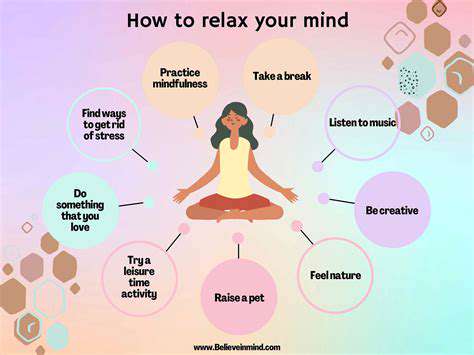
Mindfulness Practices for Stress Reduction
Mindfulness, the practice of paying attention to the present moment without judgment, can be incredibly effective in managing stress and promoting relaxation. By focusing on your breath, bodily sensations, and thoughts as they arise, you can cultivate a sense of calm and detachment from stressful thoughts and emotions. This allows you to observe your reactions without getting swept away by them, leading to a greater sense of control and inner peace. This practice is easily accessible and can be incorporated into daily routines, even in short bursts, to significantly reduce stress levels.
Various mindfulness techniques, such as body scans and mindful breathing exercises, are available to guide you through the process. Consistent practice, even for a few minutes each day, can build resilience and improve your ability to cope with stressful situations. These techniques help you develop a greater awareness of your internal experience, fostering a healthier relationship with your thoughts and emotions.
Relaxation Techniques for Stress Management
Relaxation techniques are essential tools for managing stress. Deep breathing exercises, progressive muscle relaxation, and guided imagery are examples of techniques that can help calm the nervous system and reduce feelings of tension. These practices work by activating the body's relaxation response, counteracting the physiological effects of stress. Deep relaxation can promote a sense of calm and well-being, allowing you to cope with stressors more effectively.
Progressive muscle relaxation, for example, involves systematically tensing and releasing different muscle groups in your body. This process helps you become more aware of physical tension and develop techniques to release it. Learning and practicing these techniques can significantly reduce physical and mental stress symptoms.
Understanding the Physiology of Stress
Understanding the physiological responses to stress is crucial for developing effective coping mechanisms. Stress triggers a cascade of physical changes in the body, including increased heart rate, elevated blood pressure, and muscle tension. These responses are often involuntary and can have detrimental effects on both physical and mental health if not managed effectively.
Becoming aware of these physiological responses can help you recognize when you're experiencing stress and implement strategies to counteract its negative effects. This knowledge empowers you to develop proactive approaches to stress management. Understanding the body's stress response allows individuals to develop customized strategies for coping with stress.
Lifestyle Adjustments for Enhanced Relaxation
Beyond mindfulness and relaxation techniques, lifestyle adjustments play a vital role in promoting relaxation and reducing stress. Prioritizing sufficient sleep, maintaining a healthy diet, incorporating regular physical activity, and cultivating social connections are all important components of a stress-reducing lifestyle. Prioritizing sleep is paramount, as adequate rest is essential for both physical and mental restoration.
Incorporating regular physical activity, such as yoga, walking, or swimming, can significantly reduce stress hormones and promote relaxation. Nurturing meaningful relationships and social connections provides emotional support and reduces feelings of isolation, further contributing to a sense of well-being.
Read more about Best Ways to Stay Focused While Studying
Hot Recommendations
- How to Stay Productive While Working Remotely
- Tips for Managing Conflict with Coworkers
- Entrance & Certification Exams (升学考试)
- How to Improve Your Storytelling Skills (Speaking)
- How to Find Profitable Side Hustles
- Tips for Preparing for the TOEFL iBT Home Edition
- Guide to Switching Careers from [Industry A] to [Industry B]
- How to Run an Effective Hybrid Meeting
- Tips for Marketing Your Side Hustle on Instagram
